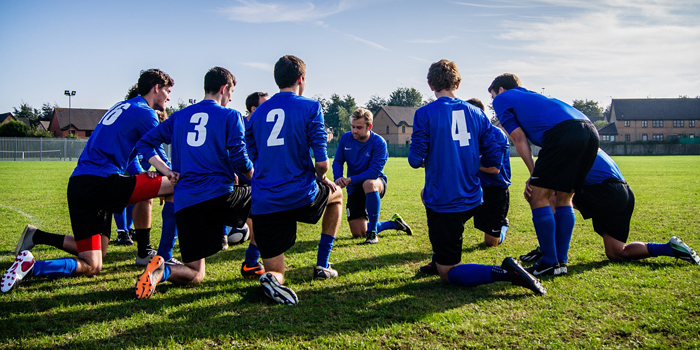
When I started out in this profession in 2001, I knew almost nothing about coaching, but no one could have told me that. Unfortunately, four years later as a graduate assistant, I still really didn’t know that much about how to be an effective coach on the floor. At the time, though, I still thought I was a great coach. Now, fourteen years later, I see younger, more inexperienced coaches making mistakes. Low and behold, some of these mistakes are the exact mistakes I was making when I started. While some of these coaches, graduate assistants, or interns obviously paid attention in class, they still have no idea how to coach while on the floor. The fundamental job of a strength and conditioning coach, while on the floor, is to coach technique and ensure proper effort is being given.
Working one-on-one with a client is quite different than working with a team, as occurs the majority of the time in the collegiate setting. Unfortunately, I have found very little printed information regarding coaching athletes. One good article is The Strength & Conditioning Internship: A Simple Guide for Strength & Conditioning Coaches, Part 4 by Mark Watts, but this is the only article I can name that conveys any sort of quality information about how to coach. With this article, I would like to dig a little deeper into the art of coaching and how to do it optimally.
Coaching vs. Motivating
First off, as a coach, your job is to coach first, motivate second. I have noticed a trend in the last several years that the ra-ra cheerleading demeanor is beginning to take precedence over actually coaching and teaching athletes. This may be more fun and may get the athletes to like you more, but it does not teach the athletes proper technique or work ethic. Yes, everyone’s in a good mood at the end of the workout, but could the workout have been more productive if the coach(es) would have performed their fundamental job of coaching technique and ensuring proper effort was given?
Be Excited
Would you want Eeyore coaching you, or someone that is excited to be there? I do not mean to contradict my previous point about motivation, and do not believe I am. As a coach you should have a passion for working with and helping athletes. That passion should be evident through your demeanor during a workout. Excitement is contagious and if the athletes believe you are passionate about helping them succeed, their energy level during the workout will improve. This is not always easy after you have just worked ten straight 70-80 hour weeks. Sometimes you have to fake your excitement level to keep the athletes on track. The coach should be there for the athletes, not their own personal comfort.
Be Vocal
Don’t keep secrets while you are coaching. If you see an athlete doing something wrong, correct them. How are they supposed to learn if the coach doesn’t tell them what they are supposed to be doing? If you go to a chemistry class, but the professor only wanted to sit at his desk, or talk about history, how would you ever learn about chemistry? The same is true in training. It is our job to teach the athletes technique, effort, discipline, etc. If we don’t correct the things that are being done incorrectly, how will the athletes ever learn how to train at our expectations?
Communication
Be loud! If the athletes can’t hear you, how are they supposed to know what to do or how to correct their mistakes? I am not advocating being a yeller and a screamer. If you are only being loud to be loud and have no purpose, then what is the point? But, you can’t try to have a kitchen level conversation, as you would with your significant other, and expect the athletes to hear, understand, or care about what you are saying. And that’s not to mention that in a team setting, weights are hitting the floor, bars are banging against racks, and the music is probably turned up to a pretty considerable decibel level, meaning your voice has to be heard over all of that and also from a distance.
Another aspect of communication that is important is being able to say things in different ways. Not everyone is the same and there is always someone who will interpret the words you speak differently from the rest of the team. This is only a problem if the coach is so dead set on his choice of queues that he can’t say it differently. This results in an athlete who is slow to learn or, worst case scenario, may never learn what you are trying to teach. It is our job as coaches to find a way to teach the athletes in a way they can understand.
Move On
There is a big difference between coaching individuals or small groups and working in a team setting. You cannot devote the same time to each athlete in a team setting as you could with an individual client. You cannot stop for five minutes to explain the intricacies of a clean or snatch to an individual while you ignore the other eight to fifteen (and sometimes more) athletes. You have to coach on the fly and move on. Yes, that may mean that an athlete may not transition quite right from the first to the second pull, or that another athlete may not be sitting quite as far back as you would like in a squat. Remember to not major in the minor when other athletes can’t even master the major. While you are spending five minutes working on a minute detail, you may be putting five other athletes at risk by missing major technique flaws, such as pulling with a rounded back, catching a clean or squatting on their toes, or not controlling the eccentric on a good morning. This doesn’t mean you can’t coach details, you just have to do it while not being blinded to the bigger picture of the team.
Listen and Learn
I was recently at one of our track practices, and thoroughly enjoyed listening to one of our track coaches work with her group. Notice I said listen, not watch. I did not need to see the athletes. Everything this particular coach said was a technique queue. By listening to every word she spoke, I could picture both what the athlete needed to work on and what the technique was supposed to look like. I wish I had more time to attend practices and learn from other coaches. There is a lot to be learned from observing how sport coaches or other strength coaches work with their teams.
Positioning
Knowing where to stand makes a big difference in what you see. This is one of the biggest mistakes I see being made by coaches of all experience levels and will be the biggest topic I cover. I still make this mistake frequently, as I can be a mobile coach, but fortunately I am conscious of it, and will make the correction as soon as I realize I am out of position. An emotionally involved coach may get out of position while trying to motivate or coach an athlete going for a big lift, but they should adjust back to a position to see the group as soon as possible. For every exercise, location of the workout, or group, there is an optimum place for the coach to be positioned. Below I will review several examples of finding the optimum position for a given situation.
Any time you are working with a group or team you need to stay on the perimeter. If you get sucked into the middle, there will be athletes you cannot see. Don’t assume they are doing the work. Get into a position where you can see them do it. If your racks are arranged in a line, simply being in the middle may not be enough. Move to one of the ends and stand about ten feet off the end if possible. If you stand in front of the racks but in the middle, you can only get a good view of two racks. From this position, if you look right, you don’t see the two racks to the left and vice versa. If you look straight ahead, you can’t see the two end racks well, as they are only in your peripheral vision. If you move to the end of the racks, try to stand about ten feet from the nearest rack. If you are too close, the closest rack will be the one you can’t see well, unless you focus on that rack then you will miss the other three.
When coaching the squat, your positioning depends on the style of squat being used. With a powerlifting style squat, stand directly to the side. This will allow you to see both knee tracking and torso position, neither of which you can see correctly from the back. You can occasionally move to the back to see if the knees are staying out, but this is typically not a major problem if you are coaching it correctly from the start. Do not try to coach from an angle to the rear. You cannot see forward knee tracking unless you are directly to the side, and this is a major item you want to correct.
With an Olympic style squat, it is better to move to the back, but from an angle. Standing both to the rear and from an angle will allow you to see hip position, torso position, and weight distribution on the feet. While you can see weight distribution directly from the rear, coaching torso position becomes difficult. You do not need to watch the knees to see proper tracking. You will know if they are tracking properly by watching the hips and feet.
When coaching Olympic lifts such as the clean or snatch, the coach needs to become mobile. Each part of the lift can be seen more advantageously by standing in a different location. To see bar path, stand directly to the side. To see proper hip extension, stand to the side and slightly to the rear. This will prevent the plates from being in the line of sight. Proper torso position can be seen from any location to the side of the athlete. Receiving the weight in a clean is best seen from in front of the athlete, but not directly in front. Receiving the weight in a snatch can be seen from either the front or directly from the rear. If possible, do not stand directly in front, as this can be distracting to the athlete. Seeing proper repositioning of the feet needs to be from a front or rear position, but also from an angle so that you can also see the position of the hips when the weight is received.
Moving to the field, speed work must be viewed from the side and from the end of the group so you can see the entire group. It is also advisable to move closer to the finish line so you can track their technique and adjust your eyes to their speed as they approach you. For agility work, it is difficult to give an exact position unless we are speaking of a specific drill. However, you must find a position that allows you to see the feet, knee position, hip position, and torso when they are changing direction.
When athletes are conditioning straight ahead, it is best to stand near the finish line and to the side of the group. It is easiest if there are two coaches running the session, but when by myself, I have been known to run the opposite direction between reps so that I can be near the finish line for the subsequent rep. If the athletes are changing directions (i.e. half gassers, shuttles, etc.), utilizing multiple coaches is optimal. One coach should be at the start/finish line, while the other coaches should be behind the line they are running to and about five to ten yards from the last person in the group. If you stand right on the line, and they are supposed to touch the line, you will only be able to see the athletes that are closest to you. If you stand about three or four yards behind the line, and ten yards from the nearest athlete, you can see the entire group, or at least the majority of the group, depending on group size.
Many people like to claim that coaching is easy. However, during the course of a workout, there is a lot going on, and the larger the team is, the easier it is for the coach to get lost in the chaos. Coaching effectively in a team setting can be difficult. However, by focusing on proper communication, seeing the big picture, and constantly staying in correct position, the coach can make his job a little easier and be more effective in the process. While there are plenty of things I did not discuss, executing the items listed above can make a big difference in the effectiveness of the coach.
David Adamson has been a competitive powerlifter since 2001 and has competed in several federations. He has also been involved in collegiate strength and conditioning programs, including Arizona State University and Virginia Commonwealth University since 2001, and is currently an Assistant Director of Speed, Strength, and Conditioning for the University of Texas at El Paso.









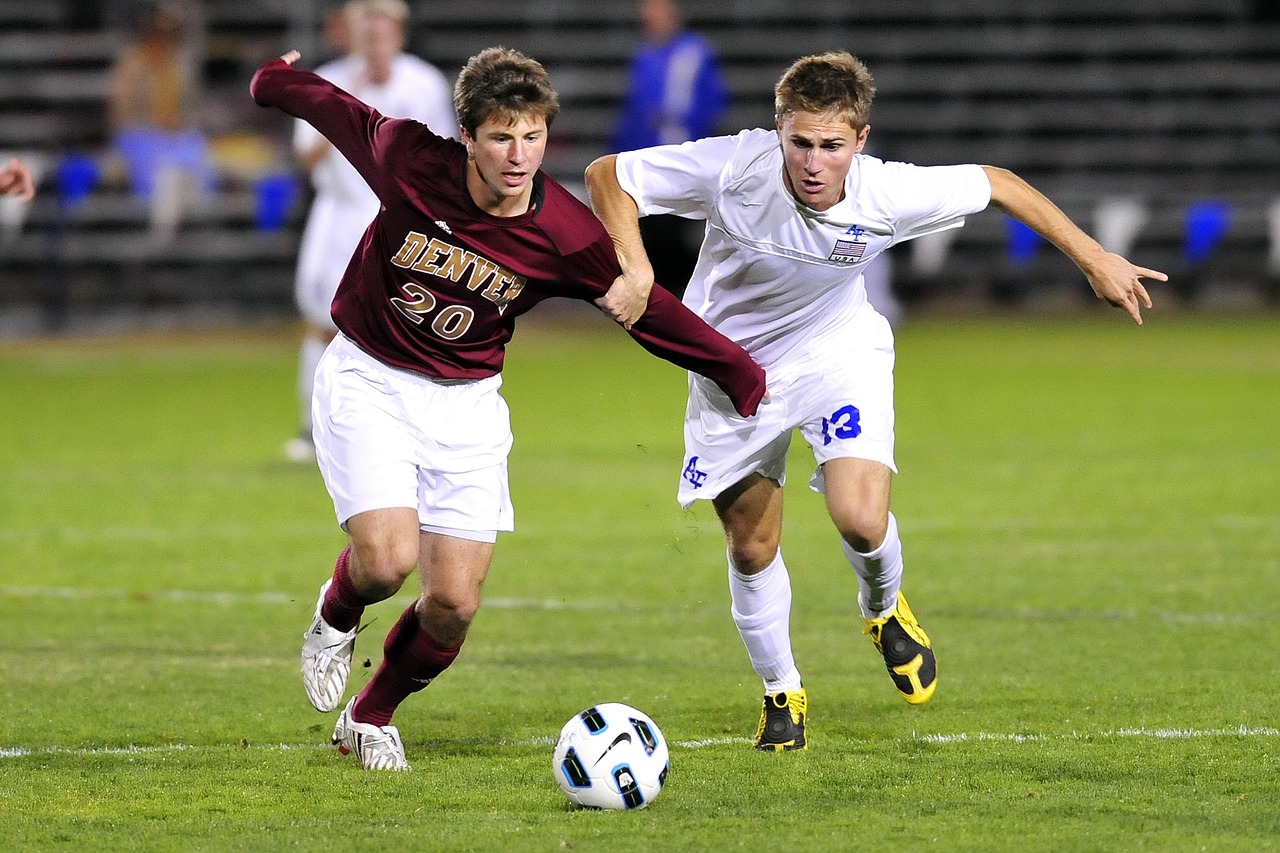
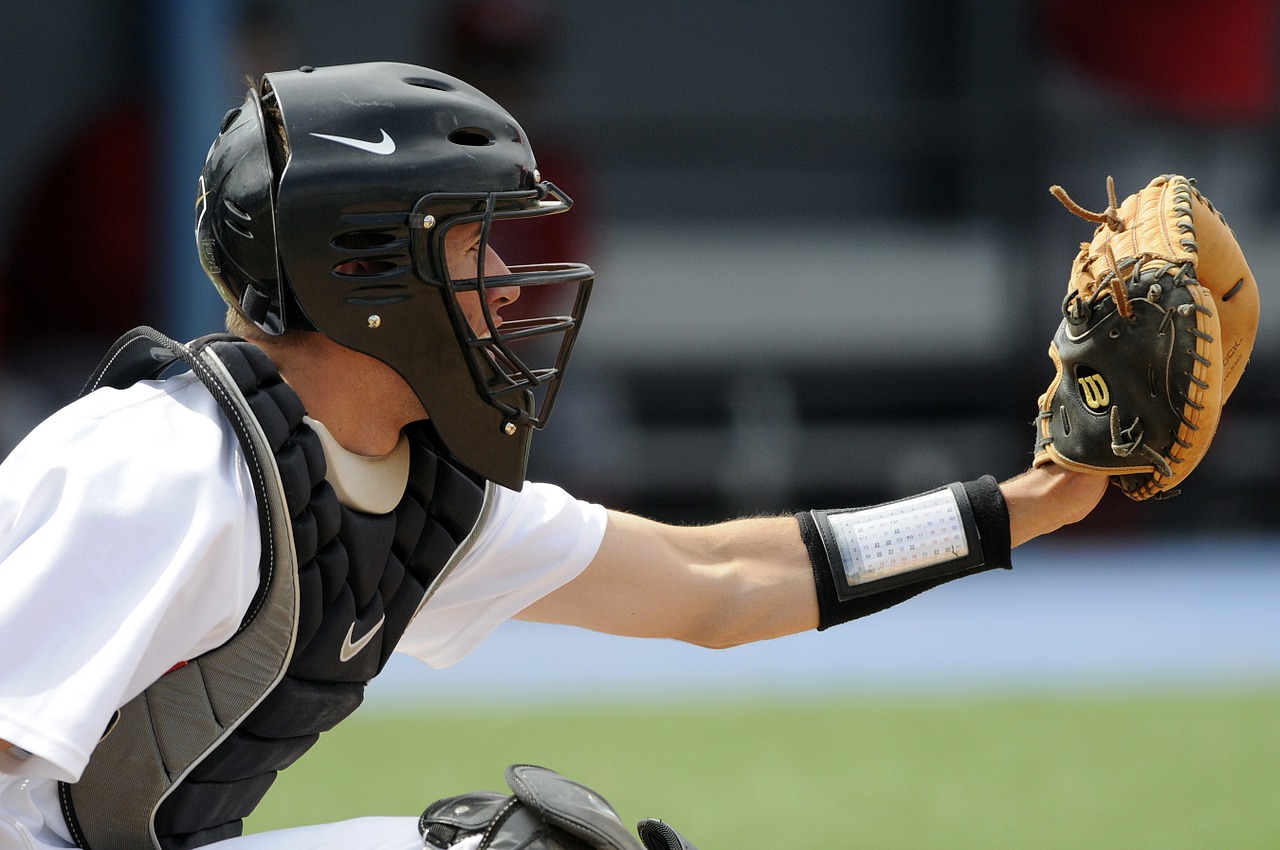
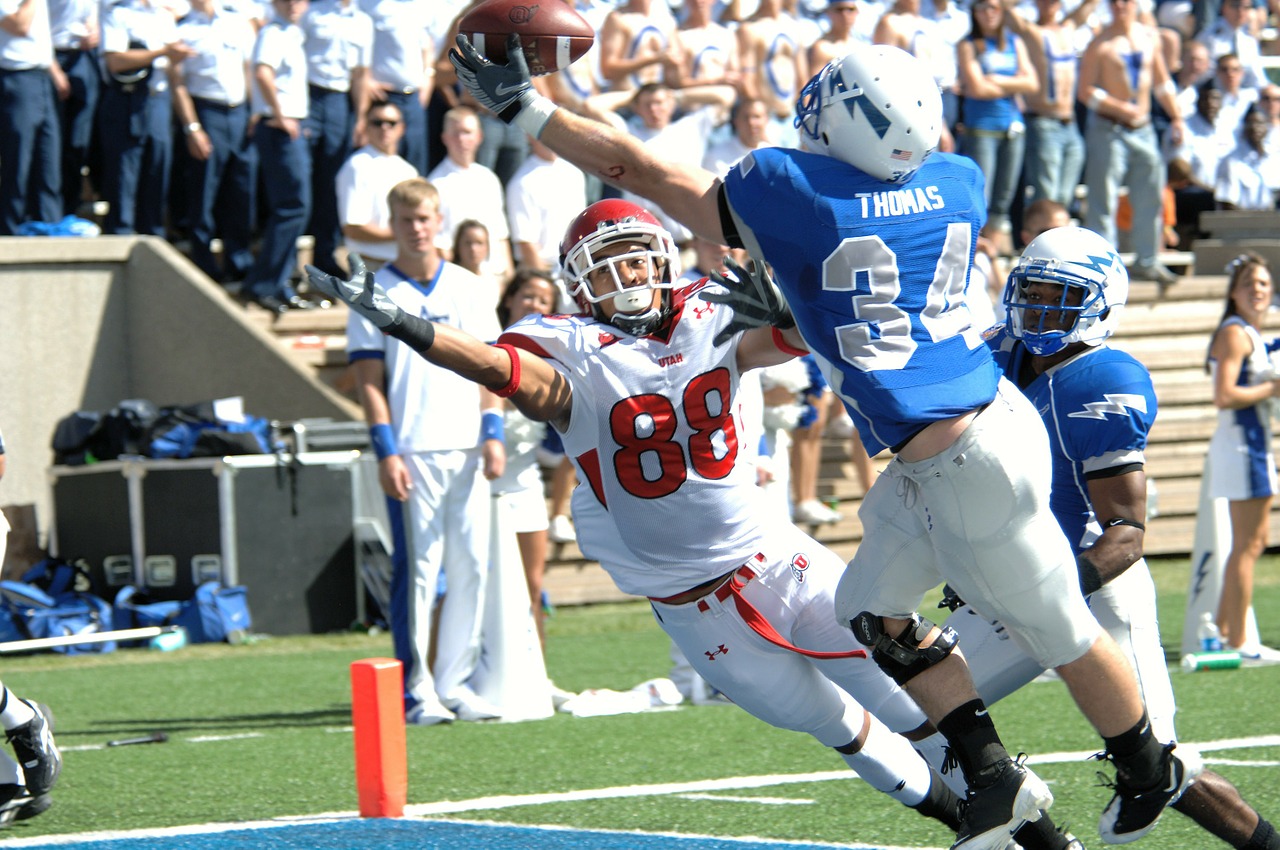
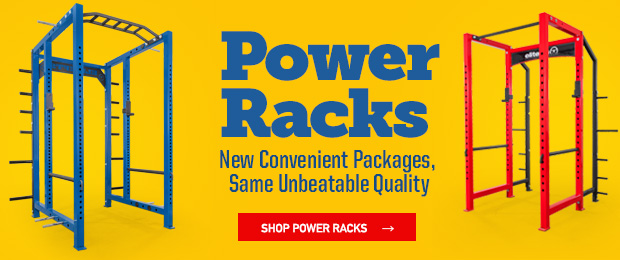
2 Comments